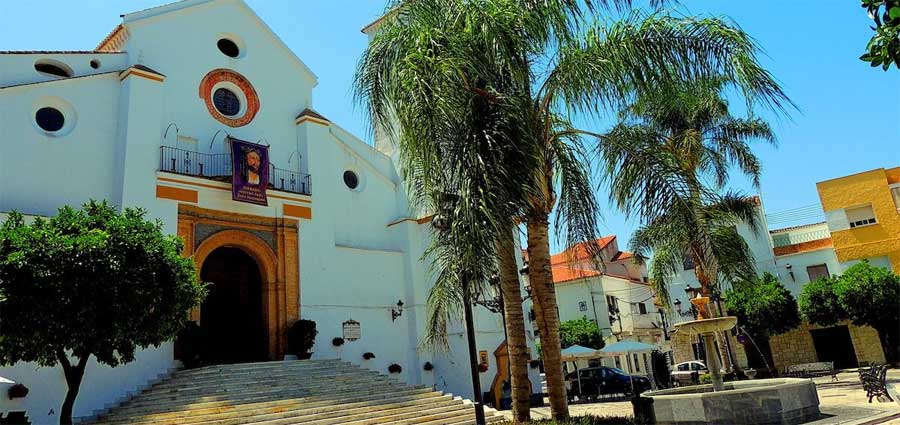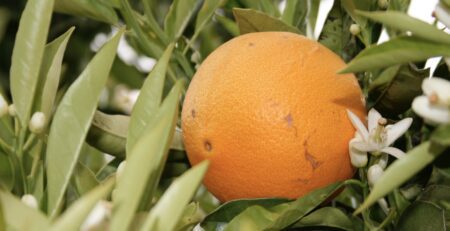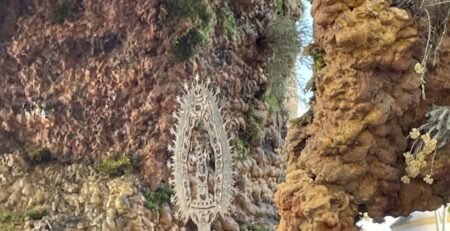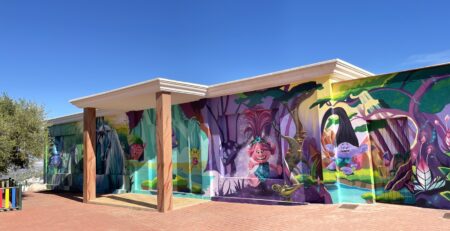Discover the beautiful Coin and its surroundings
Finca La Toronja is located on a southern hill, 15-minute walk from the old town of Coín, with its quaint squares, tapas bars and restaurants. Coín is unknown to many of our guests, which is why we would like to take you through the area in this blog.
Coín is important for the region
Coín is a small town (24,000 inhabitants), located in the province of Málaga, 20 km from the coast. Strategically located between the white villages including Monda, Guaro, Alozaina (Sierra de las Nieves), and the Guadalhorce valley. Coín’s importance is reflected in the presence of secondary schools, a courthouse, the fire department and a hospital.
Cultural highlights
The main cultural elements of the city clearly show the influences of pre-Christian urban fabric after Moorish influences. These monuments are partially or fully protected by law.
In the old centre you will find:
- the church and monastery of ‘Santa María de la Encarnación’ (15th century), located on the square of the same name. This church and monastery were built on a former mosque and have retained its minaret.
- the church of ‘San Andrés y Hospital de la Caridad’. This church was built on the Plaza de San Andrés and has a beautiful ceiling.
- the church of ‘San Juan Bautista’ (16th century), located in the Plaza José Bermúdez de la Rubin. This church has a beautiful baroque altarpiece and beautiful azulejos (tiles), decorated cornices and cornerstones.
- the tower of the ancient monastery of Trinitarios Calzados.
Outside the centre you will also find several monuments, such as:
- Remains of a Roman aqueduct.
- Cuevas Rupestres, located on the road to Marbella. This monumental complex of cave gorges is dated between the end of the 8th and 10th centuries, using a Mozarabic chronology and according to comparative analyses with similar structures in our area. This complex is only open on special occasions as this complex is on private property.
- This oldest monument of Coín has the peculiarity that it has been excavated in the limestone rock itself, with many aesthetic and functional details, such as horseshoe arches, niches, buttresses, simulated gable roofs, a bench for liturgical service, a triumphal arch to separate the nave, the rectory of the church, various types of vaults, ventilation galleries and escape routes.
- Hermitage of Our Lady of the Fuensanta. The hermitage, located in a steep slope, overlooking the Pereila River, is one of the most beautiful places in the Coín countryside. Nuestra Sra De Fuensanta’s primitive hermitage dates back to the 16th century. The current was built in the 17th century and underwent several reforms over time. The interior of the Hermitage can only be visited in the month of May, from May 1 to the first Sunday in June, when the patron goes on pilgrimage to the church of San Juan.
Actively and passively enjoying nature
The natural environment around Coín is unique as it is close to the beaches of the Costa del Sol and the Sierra de las Nieves Nature In addition, Coín has its own natural gems, such as the Barranco Blanco Nature Reserve, the Pereila River or the pine forests of the Llanos del Nacimiento. These pine forests, with seven marked routes, are a mecca for MTB riders and hikers. In sum, in Coín there is something for everyone, whether you want to enjoy passively or actively.




